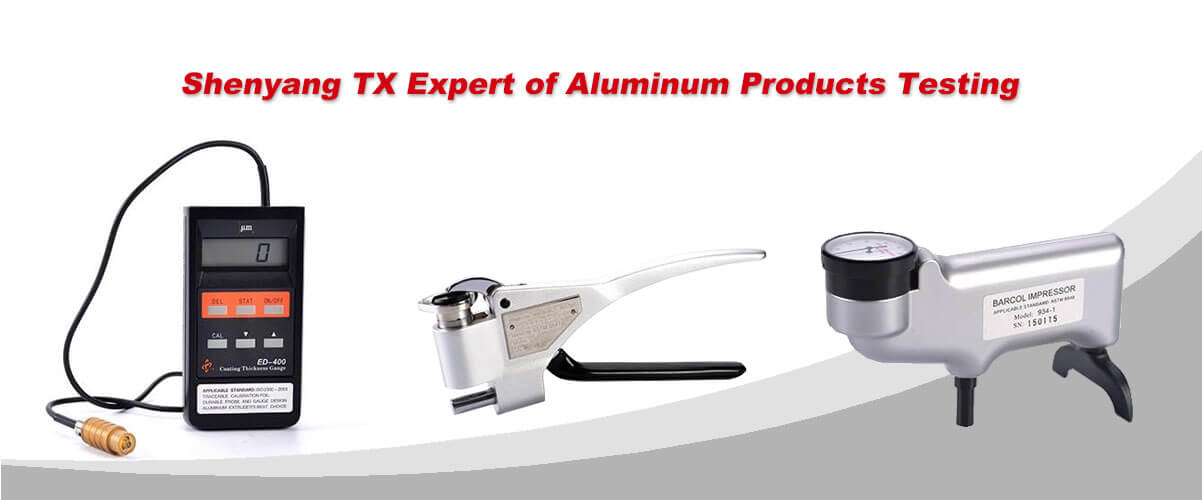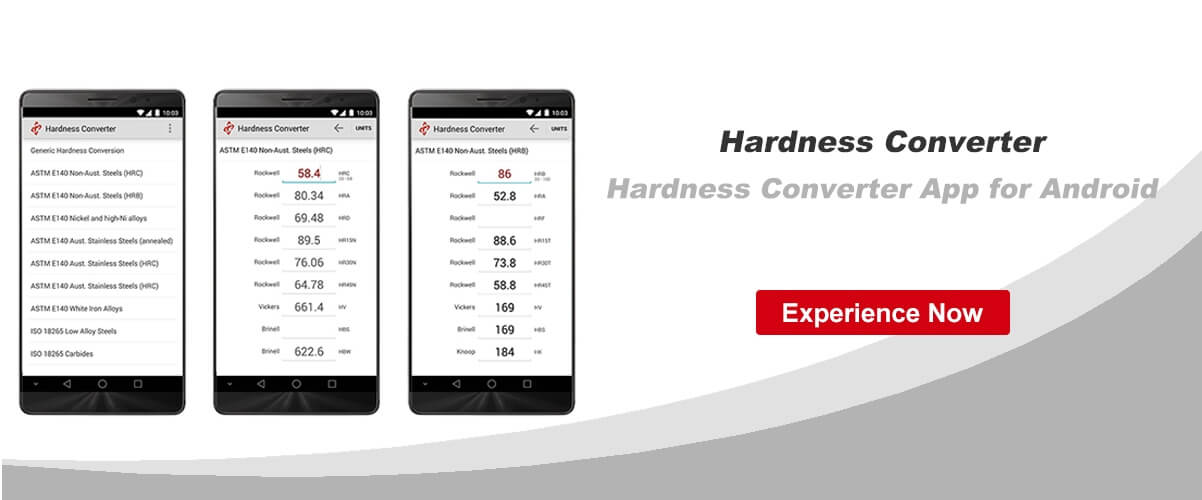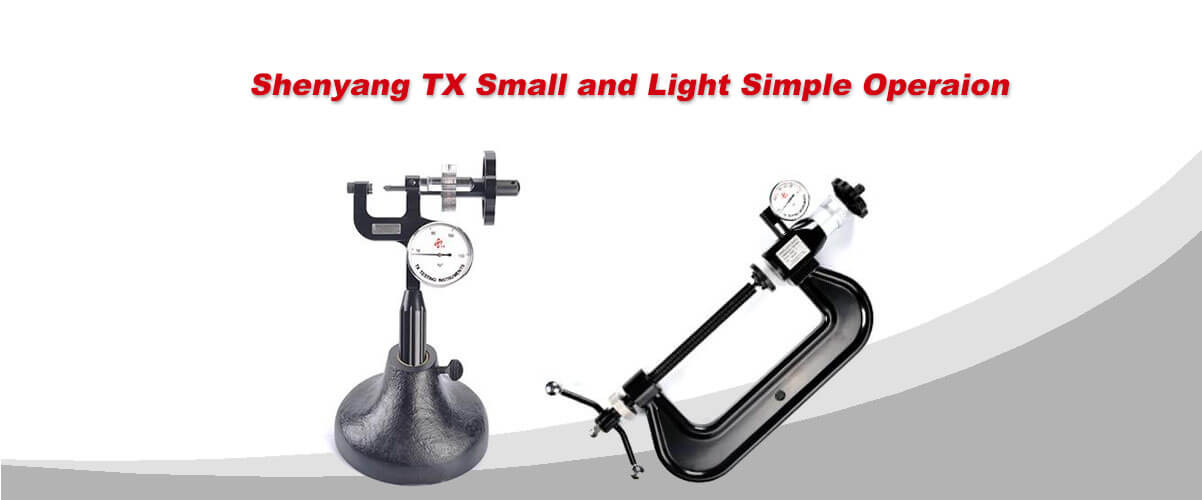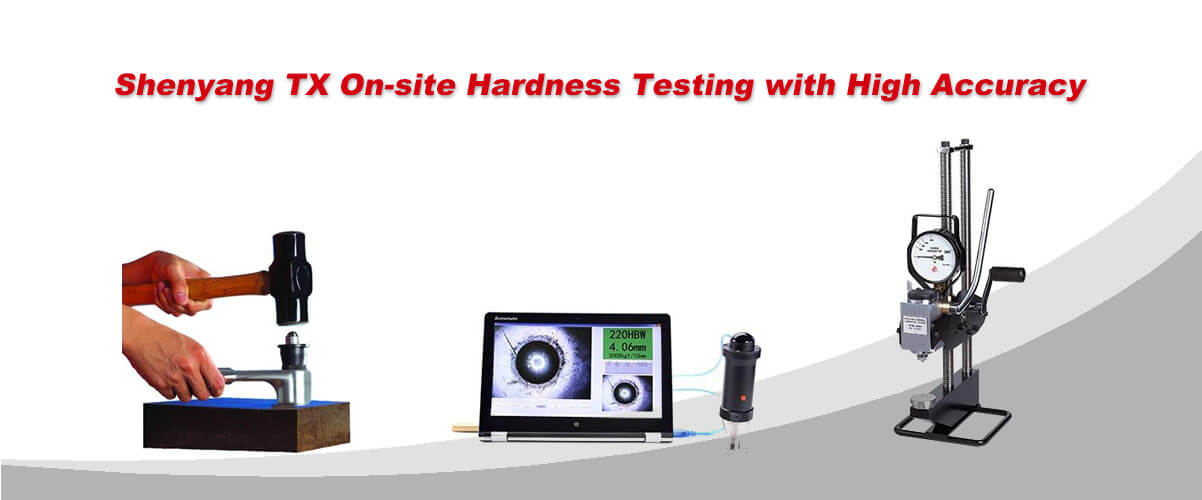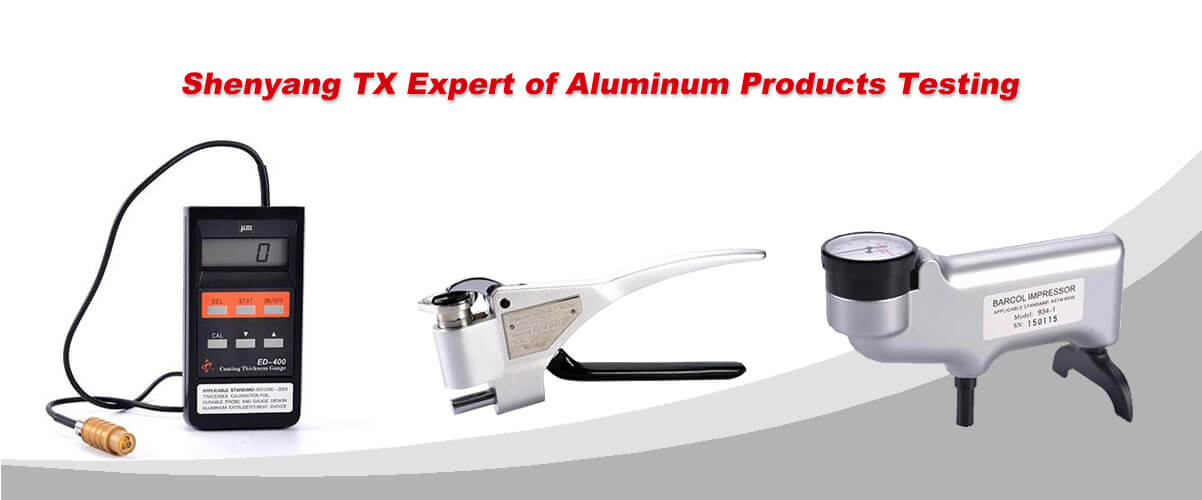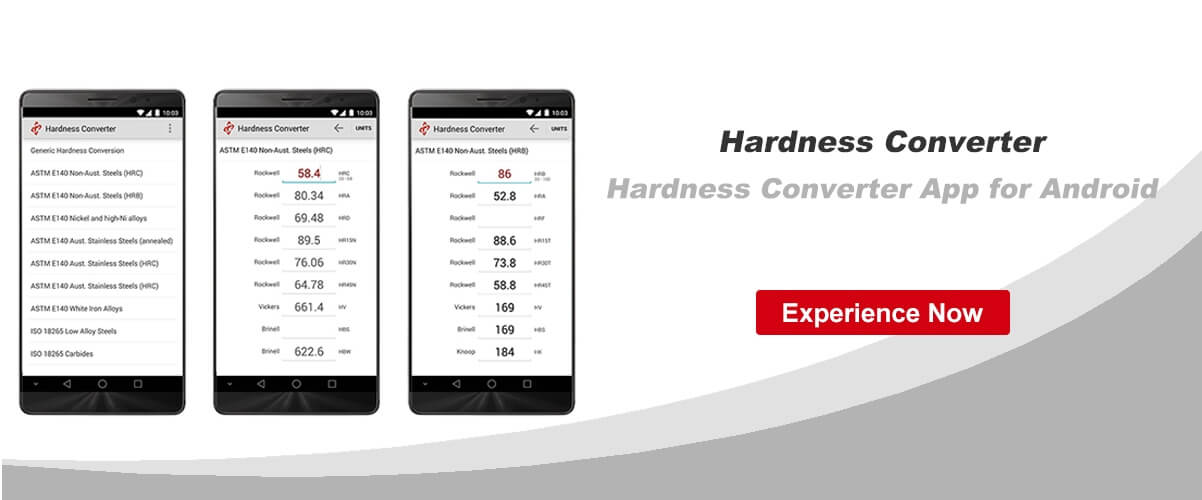1.Specimen Surface
The surface of the specimen should be smooth and clean for the best accuracy. The rough surface makes the indentation edge blurry and affects the measurement of the indentation diameters which will increase the dispersity of the test result. The rough surface can also reduce the specimen’s resistance against the pressing indenter which will result in a lower Brinell hardness value. Use a sand paper or polish machine to polish the part to be tested for better accuracy.If the oxide coating, decarbonization layer, dust or dirt remains on the specimen surface,the hardness testing will be invalid. Remove those things before testing.
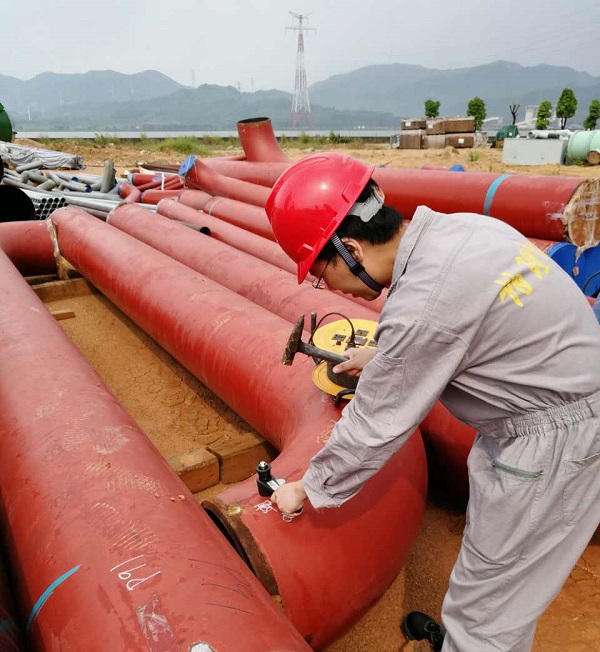
2.Supporting of the specimen
Carefully clean the bearing surface of the specimen to ensure that the impurities or dirt like oxide coating, grease and dust can not be found between the back side of the specimen and the supporting anvil.
Choose the proper anvil, proper testing surface and the bearing surface to ensure that the specimen is firmly supported without sliding or deformation when the test force is applied.
3.Impact Effect of Hammer Impact Tester
The specimen may move under the test force when the hammer impact tester is being used which will affect the testing result.
When testing with the hammer impact hardness tester, loading and unloading of the test force is finished in an instant, and the dwell time of the greatest test force does not reach the set time of the ordinary Brinell hardness testing. This will affect the testing result.
As above-mentioned, the operator should regularly make comparison tests with the standard Brinell hardness testers in order to ensure the accuracy of the testing result. The static (C Clamp) tester can be used as the comparison tester to verify the test result of the hammer impact hardness tester.

